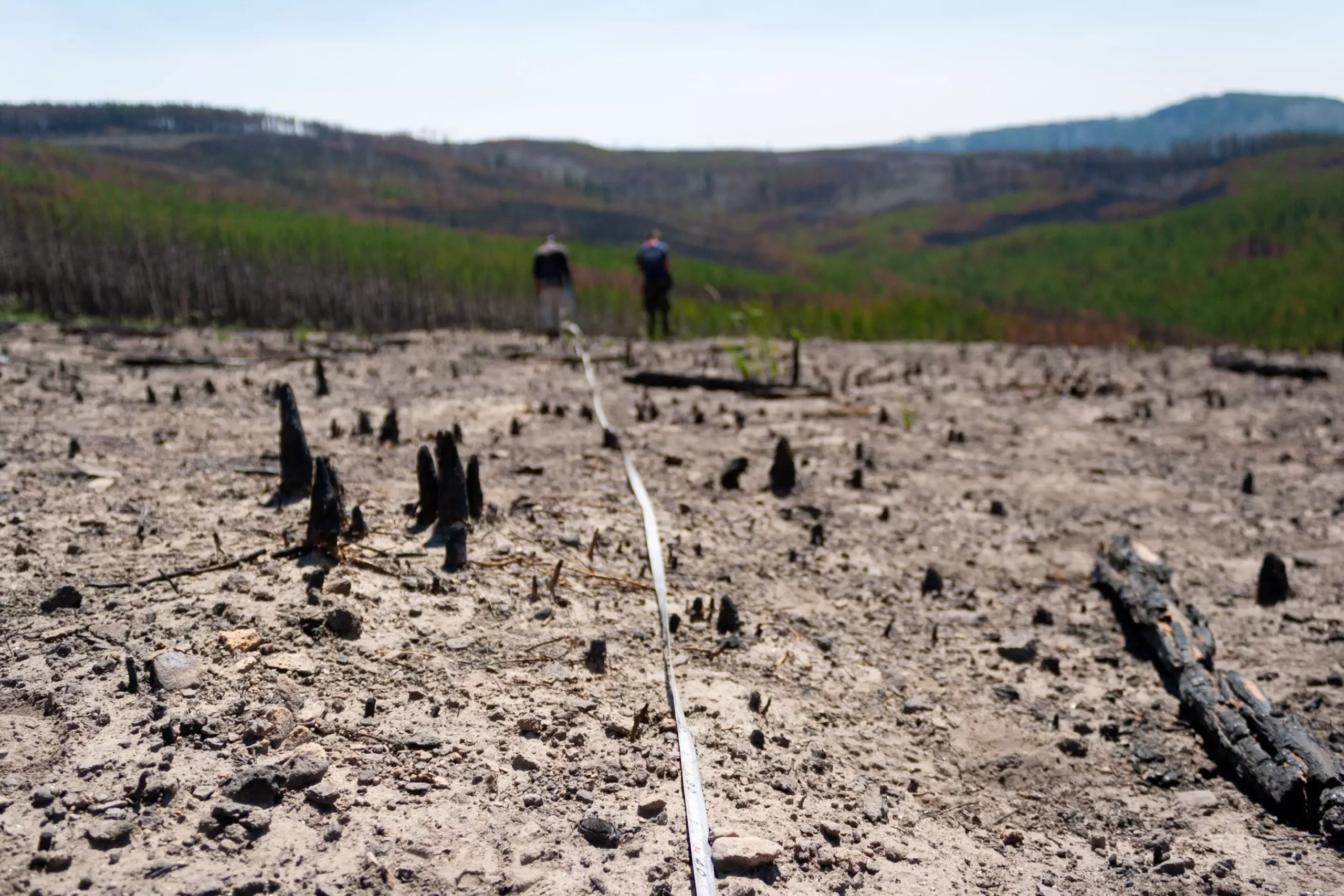The narrative surrounding forests as a panacea for climate change is alluring yet dangerously misleading. These natural resources have long been heralded as significant allies in the fight against rising carbon emissions, with the inherent ability to absorb carbon dioxide from the atmosphere. However, recent research led by Jazlynn Hall from the Cary Institute of Ecosystem Studies sheds light on a staggering contradiction. The findings indicate that many forests across the Western United States are not only failing to store more carbon but are also deteriorating in their existing capacity to do so. This study serves as a wake-up call, revealing the urgent need to reassess our faith in forests as effective climate solutions.
Understanding the Study’s Framework
The study published in *Earth’s Future* delves into carbon storage trends in Western US forests from 2005 to 2019. It examines nearly two decades across various ecoregions, employing sophisticated data analysis to understand how climate change and forest fires are jeopardizing carbon sequestration. By synthesizing USDA Forest Service data along with machine learning techniques, the researchers aimed to unveil the complex interplay between human activities, wildfires, climate conditions, and forest management practices. The study’s thoroughness opens a pathway toward more effective forest management strategies while simultaneously identifying the limitations of current approaches.
A Shocking Decline: The Reality of Carbon Storage
One of the most significant revelations from the study is the alarming trend in carbon storage—an overall decline in carbon stored within living trees juxtaposed with an increase in dead carbon stores. The implications of this are dire, as the carbon contained within dead trees is not safely locked away; instead, it threatens to re-enter the atmosphere through natural decomposition or, more perilously, through wildfires. This finding demonstrates that many Western forests potentially face an existential crisis, where they might become net emitters of carbon rather than effective carbon sinks.
Furthermore, a critical observation comes from the fact that historical forest management practices, particularly fire suppression, have inadvertently exacerbated the situation by increasing fuel density in these forests. These tinderbox conditions make them vulnerable to catastrophic wildfires, thereby contributing to greater carbon loss. The study unequivocally reveals that without immediate and proactive forest management practices, such as thinning and prescribed burns, the forecast for carbon storage in these forests is bleak.
A Regional Discrepancy: A Glimmer of Hope?
However, not all regions are facing the same challenges. The Pacific Northwest emerges as an outlier, demonstrating a slight increase in carbon storage during the study period. This region’s success can be attributed to proactive management strategies focusing on reducing logging in old-growth forests and expanding protected areas. Such measures have resulted in a fascinating juxtaposition of hope against a backdrop of alarming statistics elsewhere. It underscores the potential of targeted interventions to foster resilience and recovery in forest ecosystems.
As forest ecologist Winslow Hansen notes, the findings provide a robust framework for forest managers aiming to bolster carbon retention. The study emphasizes that elevated local engagement and stewardship can govern how specific forests respond to the pressures of climate change and fire risks. The Pacific Northwest stands as an inspiring case study, reminding us that with concerted effort and adaptive strategies, it is possible to guide forest regeneration positively.
The Imperative for Future Research
Even as this study paints a broadly dire picture for Western US forests, it leaves room for more research and analysis. The omission of data from the record wildfires of 2020 and 2021 only heightens the urgency for further investigation. As Hansen fears, the carbon storage landscape may have deteriorated even further since the study’s conclusion. The forthcoming research initiatives, including those under Hansen’s leadership within the Western Fire and Forest Resilience Collaborative, will be crucial for not only validating the findings but also adapting forest management to the evolving climate dynamics.
The implications of such studies stretch far beyond academic interest; they challenge policymakers, conservationists, and forestry practitioners to rethink existing strategies and adopt innovative solutions to mitigate climate change. Each region possesses unique challenges and opportunities that must be addressed to prevent further degradation of these critical ecosystems.
A Call to Action
In light of the findings, it is essential for stakeholders to step up and recognize that the optimistic portrayal of forests as inherently beneficial to climate goals necessitates a more nuanced understanding. It is imperative to embrace active management and engage in community-based efforts to enhance forest resilience. By doing so, we can work toward a reality where forests do not merely serve as cautionary tales of mismanagement, but rather as vital, flourishing partners in our global climate solution arsenal. Let’s not wait for the tipping point to arrive; proactive engagement today could pave the way for sustainable forest ecosystems tomorrow.


Leave a Reply